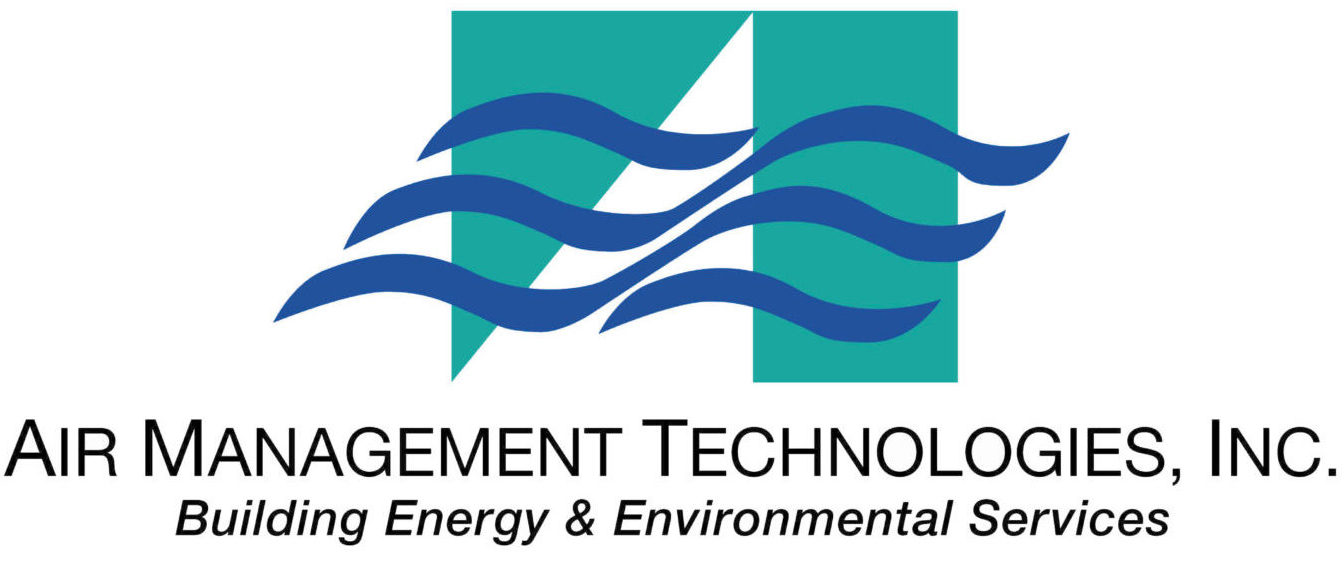It’s been over two years since the Clean Air Act mandated refrigerant HCFC R-22 could no longer be supplied in new equipment due to its ozone depletion potential, and so the workhorse refrigerant depended on in the past only has inventories remaining to support existing systems. So what is the right choice to meet future bakery refrigerant requirements? It depends on several factors but even after analyzing from a scientific perspective and business case it still many times comes down to individual preferences and comfort levels.
Environmental Impact:
Clean Air Act was designed to establish regulatory action for ozone depleting substances (ODS). Each refrigerant also has a second environmental rating component referred to as Global Warming Potential (GWP). GWP compares a substance to a similar mass of CO2 representing the base of 1. Example refrigerant R-134a would have a GWP of 1430 and Ammonia considered a “natural” refrigerant <1.
Safety Impact:
Safety is of utmost concern and each refrigerant has a two digit designation (A1/3 and B1/3) with the first letter representing toxicity and the second number flammability. Example refrigerant R-134a is A1 representing the lowest toxicity and lowest flammability and Ammonia is B2 representing highest toxicity and medium flammability.
Energy Use:
Coefficient of Performance (COP) is a number used to compare energy output with input energy and when comparing R-134a with Ammonia using a standard condition 5°F SST and 85°F SDT the difference is less than 4% with ammonia being the lowest although this will vary depending on the conditions.So based on the aforementioned information you can see depending on the application and “hot button” one refrigerant may look more attractive in some cases but not in another. One major component that should be included in this decision making process is to determine the required refrigerant inventory and at times the business case can be made for establishing higher risk to gain a reward especially when large inventories are involved and personnel resources and safeguards are in place.
Selecting the right equipment that uses the least amount of refrigerant to accomplish the task without compromising efficiency is a process that should be incorporated with both new and when retrofitting existing equipment. Please feel free to contact us with any questions or if we can assist with a refrigerant assessment.



